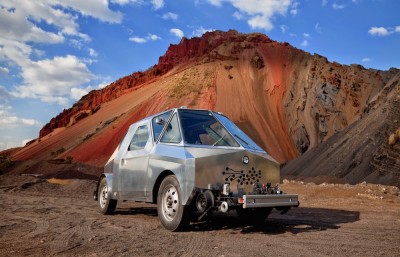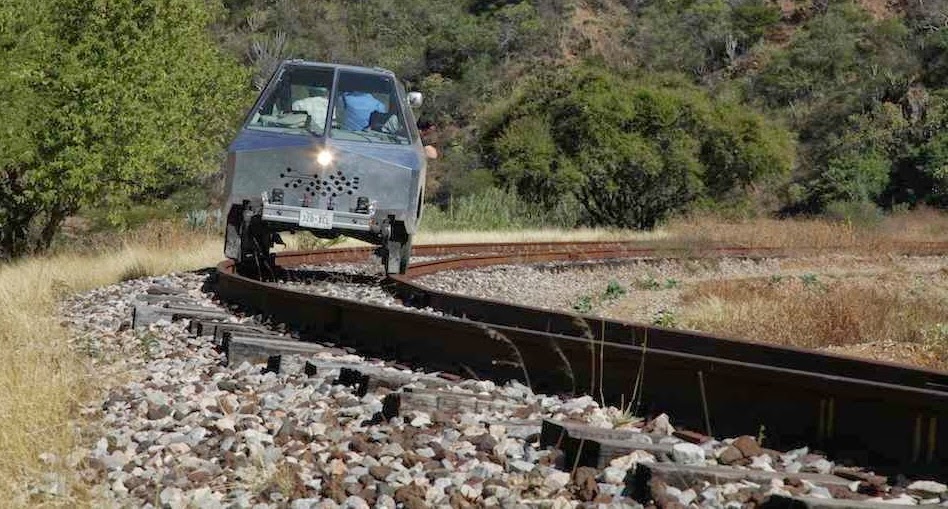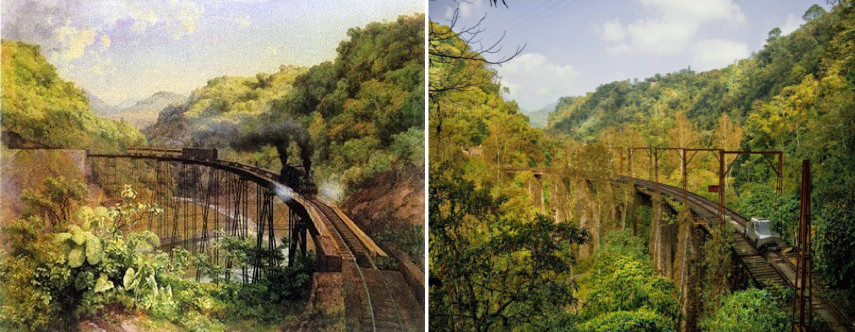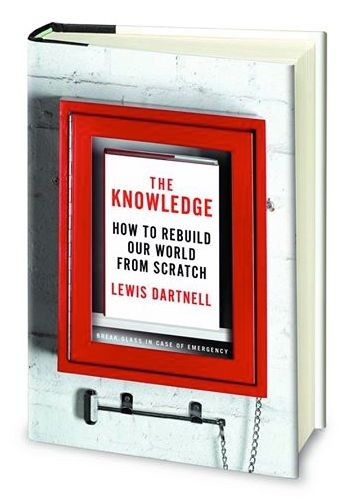Ferronautas: Exploring Mexico’s abandoned railways
 One of the topics I discuss in the opening chapters of The Knowledge is how quickly our asphalt roads would deteriorate after a collapse of civilisation, and so why it might be much easier for long-distance travel and trade in a post-apocalyptic world to use the abandoned railway tracks. Two artists have completed a fascinating exploration project along these lines.
One of the topics I discuss in the opening chapters of The Knowledge is how quickly our asphalt roads would deteriorate after a collapse of civilisation, and so why it might be much easier for long-distance travel and trade in a post-apocalyptic world to use the abandoned railway tracks. Two artists have completed a fascinating exploration project along these lines.
Ivan Puig and Andrés Padilla Domene describe themselves as Los Ferronautas (from ferrocarriles, ‘railway’ in Spanish) and spent 2010 and 2011 travelling along the rusting railways of rural Mexico, and the modern ruins scattered around them. In the second half of the 19th century, the Mexican government partnered with British companies to build a railway line to connect Mexico City with the Atlantic Ocean and the rest of the world. But now this historic railway infrastructure lies in ruins, much of it abandoned due to the privatisation of the railway system in 1995. It was deemed simply unprofitable to continue running the passenger services, and lines became cut off and whole communities isolated.
To explore this direlict and decaying railway system, Puig and Domene needed a specialised mode of transport: a hybrid vehicle that could travel not only along the gauge of the railway tracks but also on tyres across open ground in regions where the rail had become inaccessible. They designed and built SEFT-1 – the Sonda de Exploración Ferroviaria Tripulada (Manned Railway Exploration Probe).

But to Puig and Domene, SEFT-1 was much more than just a set of wheels; it became a research tool that enabled them to explore the promises of progress and understand the repercussions of collapse and isolation. Along their journey, los dos ferronautas mapped the route and objects discovered along the way, recorded their experiences in photographs and interviews with the abandoned communities they encountered, and this is all archived on their website www.seft1.net
For me, one particularly striking image is the scene they recreated from the painting ‘Bridge at Metlac’ by José María Velasco (1881). Now 130 years later, they ventured in SEFT-1 along the same route, as the abandonned bridge and track rots and rusts away.

You can see SEFT-1 for yourself, as well as Puig and Domene’s photography from the project, at the exhibition commissioned by The Arts Catalyst in partnership with the Furtherfield Gallery in Finsbury Park, London until 27 July 2014

